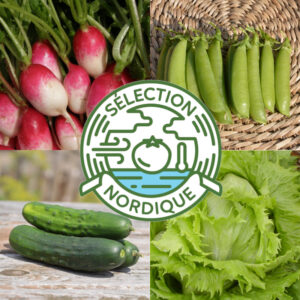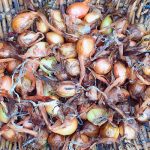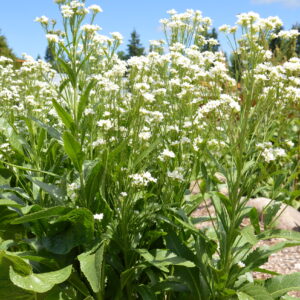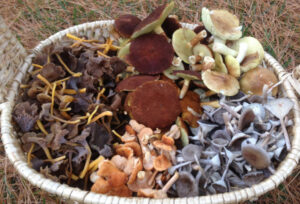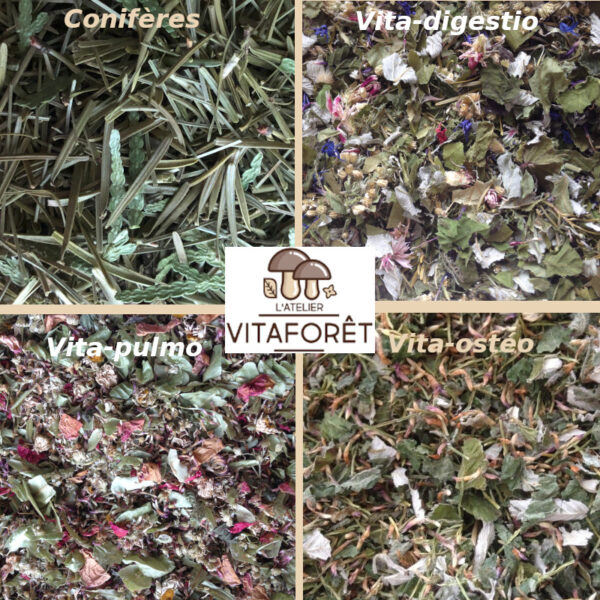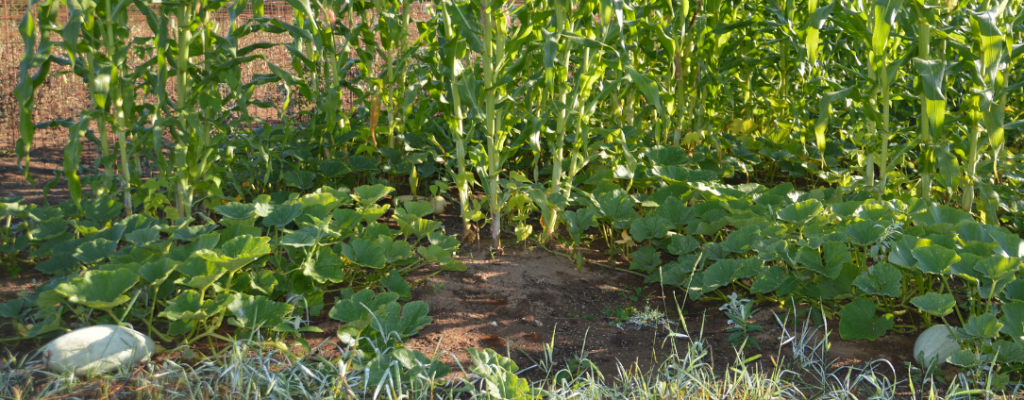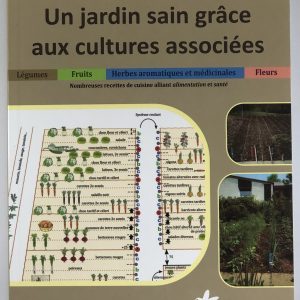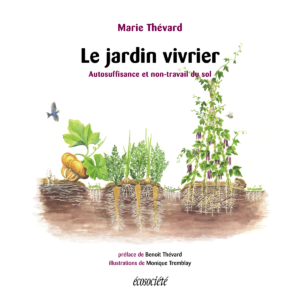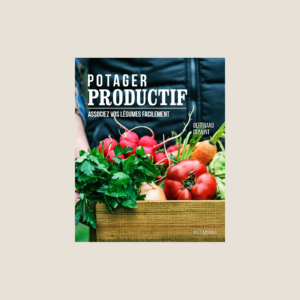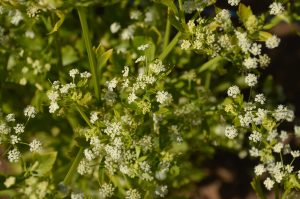On the one hand there are those who use it with great results and on the other those who denigrate it. However, it is strange to note that the detractors of companionship praise the famous three sisters. Developed by the Aztecs, its most successful version dates from the beginning of 13e century. It consists of combining corn, which serves as a support for the beans, which provide nitrogen which corn is fond of, and squash which cover the soil, keeping it moist.
Since the pre-Columbian peoples of Central America did not know the plow, they cultivated the three sisters (corn, beans and squash) on mounds of earth.
What is companionship?
It consists of bringing together types of vegetables, herbs and flowers, edible or not, so that some benefit from certain repulsive, attractive, contributory and protective capacities of others. Sometimes beneficial influences are reciprocal. It is an ancestral practice, based on observation and practice. In recent years, it has been confirmed by scientific research.
More than a hundred studies around the world have demonstrated that companion planting can bring yield increases of 1 to 110% depending on the climate and type of crop.
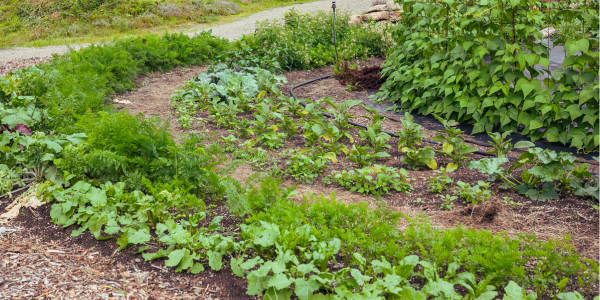
An unexplained drift
For several years, it is unclear when and who started, companionship has been associated solely with parasite control... which has never been the case. It's actually much more than that. If we only consider this single aspect of companionship, then yes the results are disappointing. On the other hand, if we use companionship for what it really is, a practice that promotes biodiversity, then yes it is effective.
The benefits of companionship
By properly combining plants, the following benefits can be obtained:
- Creating beneficial habitats: we create an environment favorable to the development of predatory insects and parasites which actively participate in reducing populations of insect pests;
- The establishment of physical interrelations: tall plants provide shade for plants that prefer partial shade. Plants with dense foliage protect other edible plants from wind, etc.;
- Physical barrier installation: very colorful plants confuse insect pests in search of their prey;
- Nitrogen supply to the soil: legumes (fabaceae) fix nitrogen from the air in their roots. Through the rhizosphere, neighboring plants benefit from this nitrogen fixation;
Be careful, liliaceae (asparagus, lily, tulip, fritillary) emit sulfur compounds into the soil which are toxic to the root bacteria which fix nitrogen from the air in fabaceae (soybeans, beans, peas, alfalfa, clover, etc.).
- Soil improvement : a plant with superficial roots combined with another with deeper roots “works” the soil differently;
- Optimal water management: creeping plants or intercrops cover the soil, thus preventing it from drying out quickly;
- Biochemical control of insect pests: exudates from roots and aerial parts, as well as the smell of foliage or flowers, repel specific insect pests;
- Biochemical control of diseases: more rarely, the presence of a plant reduces the development of a disease on another plant;
- Better organization of space: intercropping allows you to grow a quick-harvest vegetable between rows of plants that grow slower and harvest later;
- Setting up trap plants: one species of plant attracts more harmful insects, then the “sacrifice plant”, or bait plant, is destroyed;
- A more decorative space: rather than paths in “rows of onions”, the combinations, particularly with fine herbs and flowers, make it possible to give a very decorative appearance to the vegetable garden.
The main argument: biodiversity
Companion farming is the opposite of monoculture. It allows the scale of the bed or vegetable garden to create biodiversity. However, we now know that a high level of biodiversity is a guarantee of increasing the resilience of crops, but also of a reduction in interventions, mechanical or chemical, to get rid of pests.
A multiplicity of crops ensures harvests, whatever the climatic conditions of the year. For example, in a cool year, we will harvest more cabbage than zucchini.
Harmful associations?
There are cultural incompatibilities, which fortunately are quite rare. Mismatches can be:
- Mechanical: a tall plant shades plants in full sun;
- Chemicals: the roots of a plant secrete chemical compounds that prevent the proper growth of other plants;
- Competition: certain vegetables, particularly those that require compost or water, compete for access to these elements.
On the subject of companionship, we can learn more thanks to the book by horticulturist Bertrand Dumont The productive vegetable garden, combine your vegetables easily, or Good combinations in the vegetable garden by Noémie Vialard, or even A healthy garden thanks to associated crops by Gertrud Franck.





